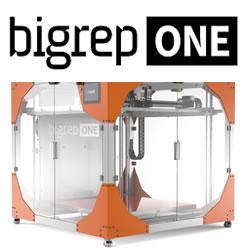3D Printing and Acoustics: Rapid Prototyping of Sound Diffusers
Rob Scharff's Soft Robotics 3D-printed hand responds to human grip
Cisco Teams Up with Robotics Firm Fanuc for IoT
RoboSAM Can Assess Its Situation and Call a Human for Help When It Needs Assistance
Technology gap gives foreign firms the edge in China robot wars
OMRON to Acquire U.S. Based Adept Technology
3 Key Ways Automation Reduces Safety and Ergonomic Concerns
New Open Loop Current Transducers With Near Closed Loop Performance
Robot That Copies Artist's Exact Strokes To Replicate A Painting In 3D
Stony Brook University Helps Prepare Next Generation of Farmers by Introducing a Hydroponic 'Freight Farm' On Campus
New Automation Technician Program at George Brown College
194 Chinese Robot Companies
Humanoid robot negotiates outdoor, rough terrain with ease
Breaking down the robot-factory language barrier
The Exploding Use of Robotics in Logistics and Manufacturing
Records 616 to 630 of 753
First | Previous | Next | Last
Additive & 3D Printing - Featured Product

